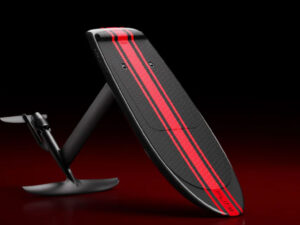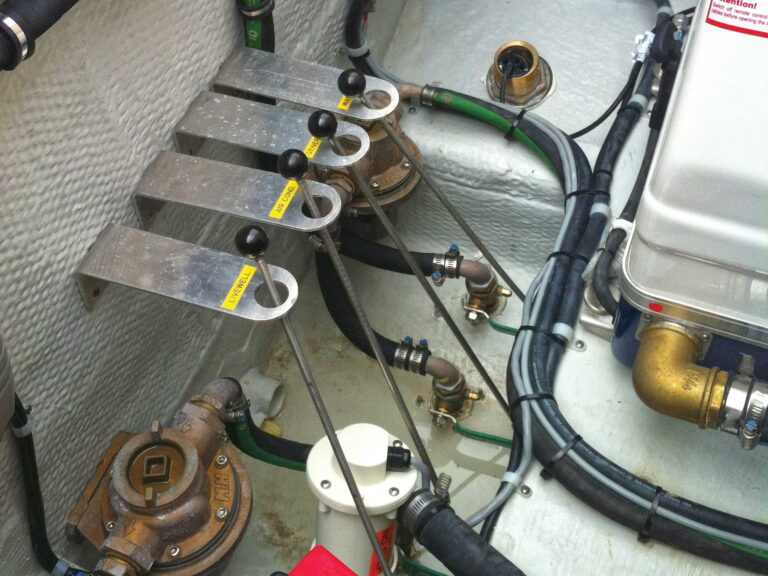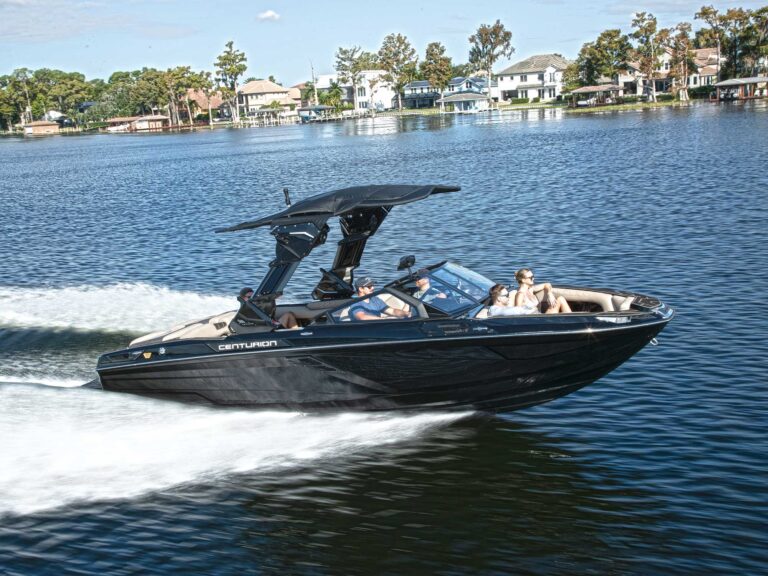Engine room and motor box access ranges from easy to inconvenient to knuckle-busting tough. It’s bad enough trying to reach the oil pan or bilge pumps in most boats that you shouldn’t have to struggle before you even begin the work. A hatch-lift system makes a difference. But all lifters are not created equal. Want to make sure your new boat’s hatches open easily and reliably? Look for these key details.
Power vs. Psssssst
Electric or electrohydraulic lifters make hatch raising easy. But they’re more complex, so mechanical and/or wiring issues can crop up. Gas-assist struts are simple and reliable as long as they’re properly installed (the arm should always be higher than the cylinder so that the lube doesn’t drip out). Stainless steel trumps all other construction materials when it comes to durability and corrosion resistance.
Size Matters
Some boats are fitted with undersize hatch lift components, leading to early failure. Lifters are rated by how many pounds they can push. You want them overrated. A 100-pound hatch, for example, should be fitted with a 120- or 130-pound lifter. The use of two lifters, with total power equal to one larger lifter, is a positive, since multiple lifters evenly distribute the stress on the hatch and its hinges.
Emergency Release
A fail-safe way to get into the engine compartment is a must. Many well-designed units have a pull-pin that you can remove should the lifter fail. Beware of models without any form of quick release. Look for a deck plate that allows access to the pull-pin. Remote battery jumper posts are sometimes fitted, to allow engine access should the batteries fail, but won’t grant you access if the lift itself has failed.
Back Me Up
No matter what sort of engine hatch lifter your boat has, a backup strut is always a good thing. If the main support fails while that hatch is open and you’re inside, the results could be disastrous. These struts are often devised in the form of a kickstand that unclips from the underside of the hatch lid and butts solidly against the hatch perimeter.









